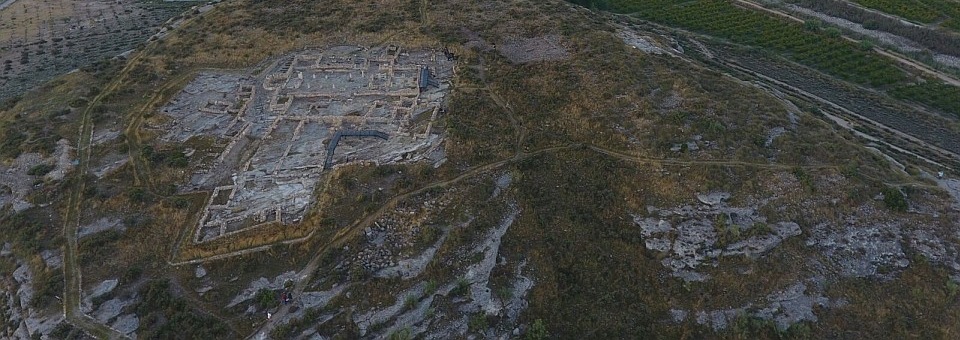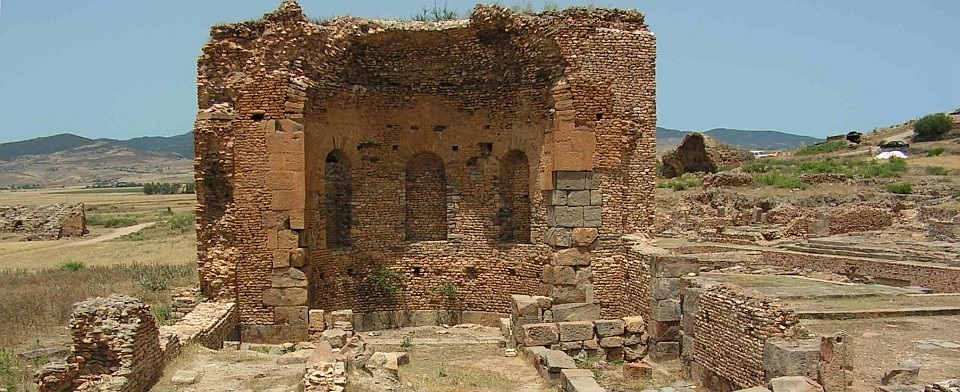Foundations for Research on Cities in Late Antiquity
The digital “atlas” that this project aims to construct will be capable, for the first time, of describing multiple aspects of late antique cities, taking into account the constituent elements of their urbanism and social structure. This data asset will provide the basis for a definition of the late antique city which is not limited, as is usually the case, to the demarcation of the classical city type of the Imperial period, but rather based on empirical information.

Moreover, ATLAS approach considers that each city is located in a “micro-region”, i.e. the focus is not, as usual, on the city and its hinterland, but on the city and its surroundings, a space whose extent must be determined on a case-by-case basis. In this way, the relationship between the city and the hinterland can be examined in terms of functionality, and networks of different origins can also be studied.
The indexing of the history of ten cities during Late Antiquity entails a fundamental contribution to a new narrative of this period in the West. If the reorganisation of the written and material tradition that ATLAS aims to carry out is taken as a possibility to write an urban history that consciously renounces periodisations based on political history (such as the invasion of the Barbarians or Byzantium, the end of the Western Roman Empire, etc.), this research may discover a new rhythm in the development of each city.

This issue will have to be explored, as well as the question about the extent to which the “formative” and “non-formative” phases of urban history differ on either side of the Straits of Gibraltar. The time factor makes a clear difference in the expansion of the “building boom” during the Imperial period, as recent studies have demonstrated: while urban construction in the Hispanic provinces reached its peak from the middle of the 1st to the beginning of the 2nd century AD, in the North African provinces this boom developed in the Antonine and Severan periods. This would also explain the non-simultaneity of urban development in Late Antiquity: a hypothesis that needs to be tested. Furthermore it must be questioned, in the light of evidence, if it is possible to maintain the current research postulate according to which continuity was generally the dominant pattern between 300 and 800. Is the establishment of Christianity the only structural change that can be discerned in 500 years?
An analysis of the ATLAS case studies, brought together in this Companion, will provide basic data relevant to questions currently under discussion in Late Antiquity and Early Middle Ages research, in order to reach fundamental conclusions. The visualisation of historical developments in the form of maps, using a relational database where changes and continuities are mapped, will also contribute to this aim.
Just published: S. Panzram / L. Brassous (Eds.): ¿Ciudades invisibles? Paisajes urbanos de la Antigüedad tardía (siglos III-VIII), Madrid 2025 (= Collection de la Casa de Velázquez; 201)
Coordinators: S. Panzram, L. Brassous // Participants: T. Amraoui, J. Arce, S. Gutiérrez Lloret, A. Leone, E. Rocca

